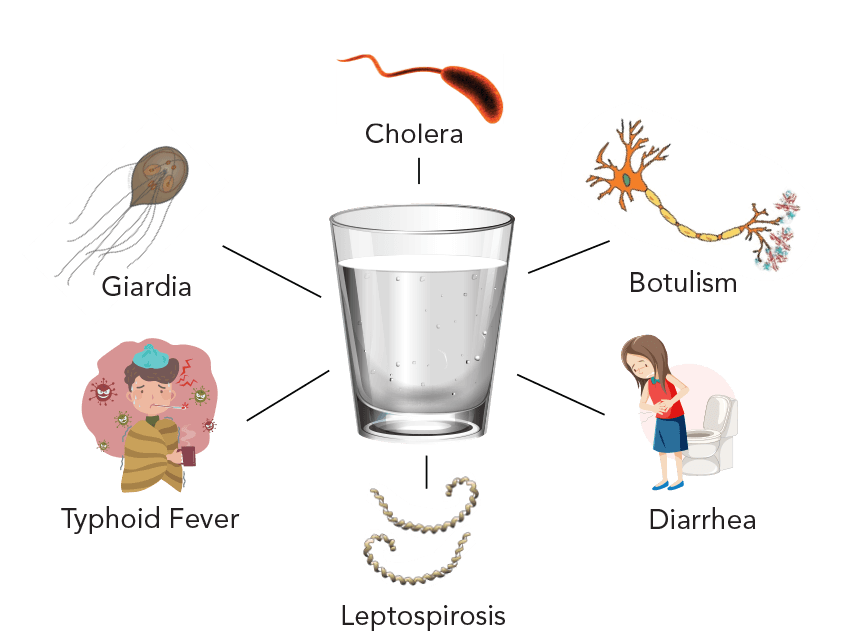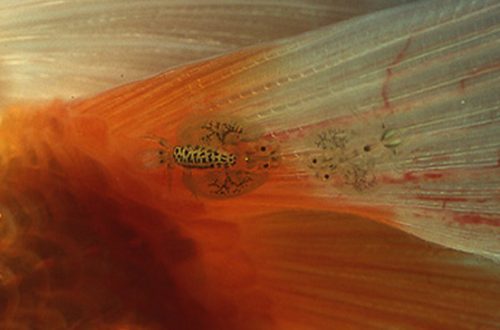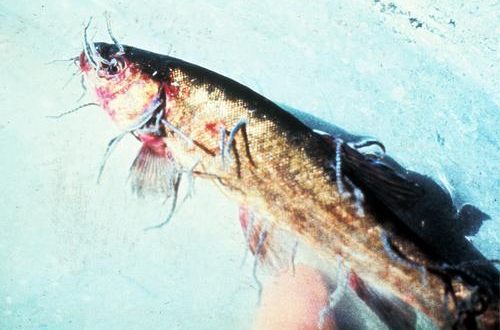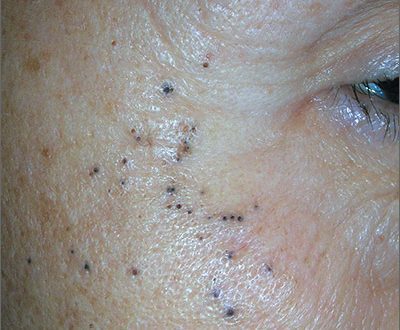
“Water Disease”
“Cotton disease” is the collective name for an infection that is characterized by several types of fungi at once (Saprolegnia and Ichthyophonus Hoferi), which are widespread in aquariums.
The fungus is often confused with Mouth Disease due to similar appearances, but it is a completely different disease caused by bacteria.
Symptoms:
On the surface of the fish, tufts of an off-white or gray neoplasm similar to cotton can be seen that occur in places of open wounds.
Causes of the disease:
Fungi and their spores are constantly present in the aquarium, they feed on dead plants or animals, excrement. The fungus settles in places of open wounds in only one case – the immunity of the fish is suppressed due to stress, unsuitable living conditions, poor water quality, and so on. Older fish, whose immunity is no longer able to resist the disease, are also susceptible to infection.
Prevention:
Healthy fish, even if injured, will not contract a fungal infection, so the only way to avoid illness is to comply with the necessary requirements for water quality and fish keeping conditions.
Treatment:
To combat the fungus, you should use a specialized tool purchased at pet stores, any other methods are ineffective.
Recommendations for the drug:
– choose a medicine that includes phenoxyethanol (phenoxethol);
– the ability to add medicine to the general aquarium, without the need to resettle the fish;
– the medicine should not affect (or minimally affect) the chemical composition of water.
This information is necessarily present on high-quality patent medicines.




